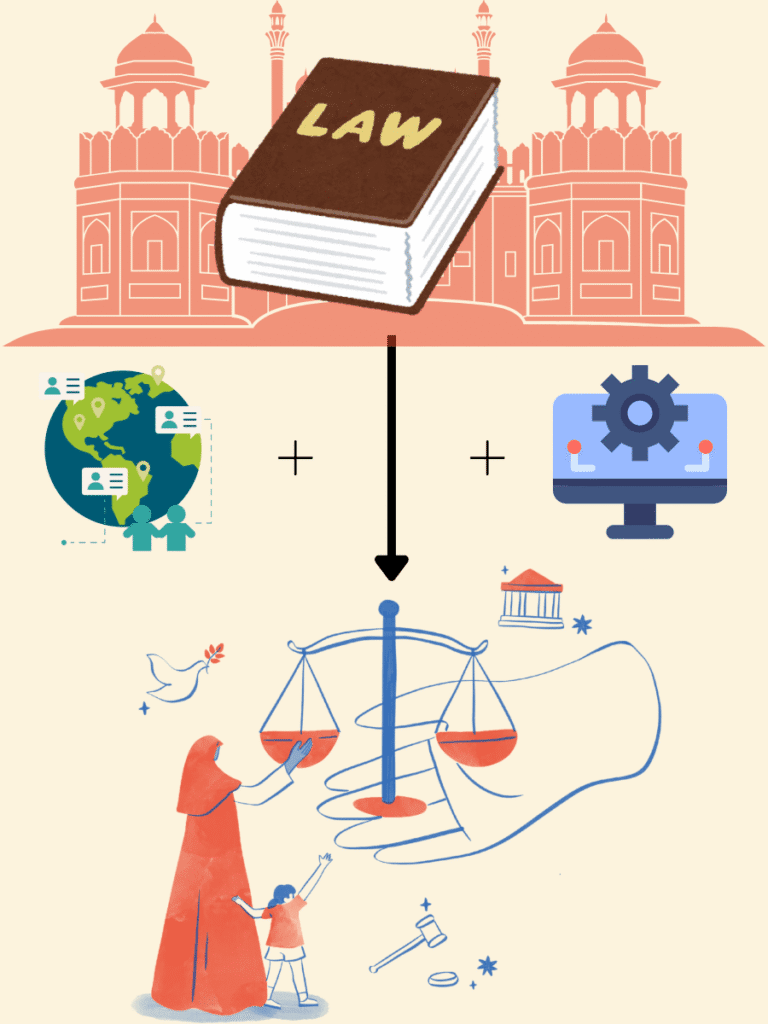Introduction
Before delving into UK IP evolution, let us first understand what intellectual property (IP) is. IP refers to intangible creations of the human intellect such as novels, brand logos, inventions, and more. The legal rights granted over these creations are known as intellectual property rights.
The UK IP evolution has been remarkable. Today, the UK ranks 8th and 9th in the World Intellectual Property Organization (WIPO) rankings for patent and industrial design filings, and trademark filings, respectively. This places the UK among the top 10 countries worldwide with the most extensive IP portfolios. However, this status was not achieved overnight.
This blog explores the fascinating journey of the UK IP evolution from crude royal privileges to a well-organized legal framework designed to protect creators and their innovations. Understanding this progression highlights how the UK’s IP system has adapted to changing times, balancing the need to encourage creativity with legal protections that keep pace with modern technology and digital challenges.
Origin: Patent Monopolies
Historically, the UK struggled to protect innovators’ rights under the British Crown’s rule. Early protections were often based on royal monopolies, granted as favors rather than systematic laws. Over time, the UK developed structured statutes to safeguard various types of intellectual property, including patents, copyrights, trademarks, and designs.
If we look into the exact origin of IP laws in the UK, it goes back to as early as the 15th– 16th century, when there was no concept of intellectual property, at least not the one we know today. The first recorded instance related to intellectual property arose when Henry VI granted a patent to John of Utynam in 1449 for stained glass. The Crown often granted these patents as “letters of protection” to encourage foreigners to practice their trade in England. In return, foreigners received protection from local guilds and trained subjects of the British Crown.
Despite the system’s aim to reward loyalty or generate funds for the monarchy, the creator’s resilience led to its downfall. The growing public hostility forced the Parliament to introduce the Statute of Monopolies in 1624, laying down the roots of modern patent law and fixing the term of monopolies to around 14 years.
Foundation of Copyright and Industrial Designs
Apart from patents, copyright also finds its way back in the 16th-17th centuries. With the advent of the printing press, the dissemination of Bibles & government works, as well as works of dissent and criticism, became frequent. To control this situation, the British Crown restricted the right to print and ensured that only the members of a guild called ‘Stationers’ Company’ could exercise it. When this monopoly system collapsed in 1695, the first ever modern copyright law, Statute of Anne, 1710 was introduced. This statute also granted the authors a period of protection of 14 years.
When we talk about the birth of industrial designs in the UK, it goes back to when the textile industry started growing. Initially, the designs were protected as artistic work under the copyright laws, but soon, these laws became insufficient to protect industrial designs. Therefore, the British Parliament introduced the Designs Act 1839 to legally acknowledge the aesthetic features of products and provide a specific term of protection against their piracy.
Birth of Trademark
Now, let us discuss the history of trademarks in the UK. It dates back to the 13th century when the British parliament enacted the Bakers Marking Law in 1266. This Act established the basics of the modern law of the UK, as it mandated the bakers to use a particular mark to indicate the bread sold. However, the designated legislation for trademarks did not exist until the Trade Marks Registration Act in 1875. It enabled the individuals and businesses to register their brand names and logos.
Globalisation of Other IP Laws in the Victorian Era
To meet the rapid industrialisation during the 19th century, it became clear that the existing IP laws needed to be more systematic. To streamline the patent procedure and make it economically viable, Parliament enacted the Patent Law Amendment Act in 1852. They also updated copyright laws to cover musical works and performances.
The United Kingdom’s influence on the global IP landscape is significant. The UK ratified the Paris Convention in 1969, the Berne Convention in 1887, and the TRIPS Agreement in 1995, playing a crucial role in shaping international IP standards and bringing domestic IP laws in line with these global agreements.
Current British IP laws and post-Brexit changes
The main IP laws of the UK are discussed below in the table with their basic features:
| S. No. | Statute | IP protected | Features |
| 1. | Copyright, Designs, and Patents Act (CDPA), 1988 | Literary, artistic, musical or dramatic work, Unregistered designs | Grants exclusive rights to creators, Term of protection – Life of creator + 70 years (Copyrights),Term of protection – 10 – 15 years (Unregistered designs)Registration is not mandatory |
| 2. | Trade Marks Act, 1994 | Signs, marks, logos, words, letters, numerals, colours, sounds or shapes of goods or their packaging | Marks capable of distinguishing goods or services of one brand from another, Term of protection – 10 years Registered by United Kingdom Intellectual Property Office (UKIPO) or EPO |
| 3. | Patents Act, 1977 | Inventions that: are novel; have an inventive step; are capable of industrial application | Aligns with European Patent Convention (EPC),Term of protection – 20 years, and is renewable, Registered either by UKIPO or EPO |
| 4. | Registered Designs Act, 1949 | Registered Designs | Term of protection – 25 years, and is renewable |
The post-Brexit changes include obstacles regarding IP rights and enforcement. For instance, EU-wide automatic protection is not granted in the UK territory. Individuals and businesses must now register their IPs, specifically trademarks and designs, separately in the EU and the UK. This change increases costs and administrative burdens.
Conclusion
The British IP laws have come a long way, from royal privileges to comprehensive legal rights and protections. The cardinal principle of all UK IP statutes remains clear: they encourage innovation and creativity while balancing fair use and public access. However, the journey is far from over. The digital era has only begun, introducing AI-generated content, evolving digital platforms and advancing technology. Policymakers must continue to adapt the UK’s IP framework to these changes, ensuring it remains a robust protector of innovation and creativity.
References
- “Intellectual Property Statistics – United Kingdom,” available at: https://www.wipo.int/edocs/statistics-country-profile/en/gb.pdf (Last visited April 10, 2025)
- Ellis Sweetenham, “The History of Patents in the UK: Key Milestones and Developments,” available at: https://lawdit.co.uk/readingroom/the-history-of-patents-in-the-uk-key-milestones-and-developments#:~:text=The%20earliest%20known%20recorded%20patent%20was%20granted%20by,of%20Queen%20Elizabeth%20I%2C%20patents%20became%20more%20common. (Last visited April 10, 2025)
- “Copyright History,” available at: https://intellectualpropertyrightsoffice.org/copyright_history/ (Last visited April 11, 2025)
- David McIntosh, “Intellectual Property in the UK: A Brief Overview,” available at: http://prospectlaw.co.uk/news/article/protecting-and-exploiting-uk-intellectual-property/#:~:text=The%20UK%20Copyright%2C%20Designs%20and,trade%20marks%20within%20the%20UK. (Last visited April 11, 2025)
- House of Lords, “Library Briefing”, available at: https://researchbriefings.files.parliament.uk/documents/LLN-2018-0049/LLN-2018-0049.pdf (Last visited April 12, 2025)







